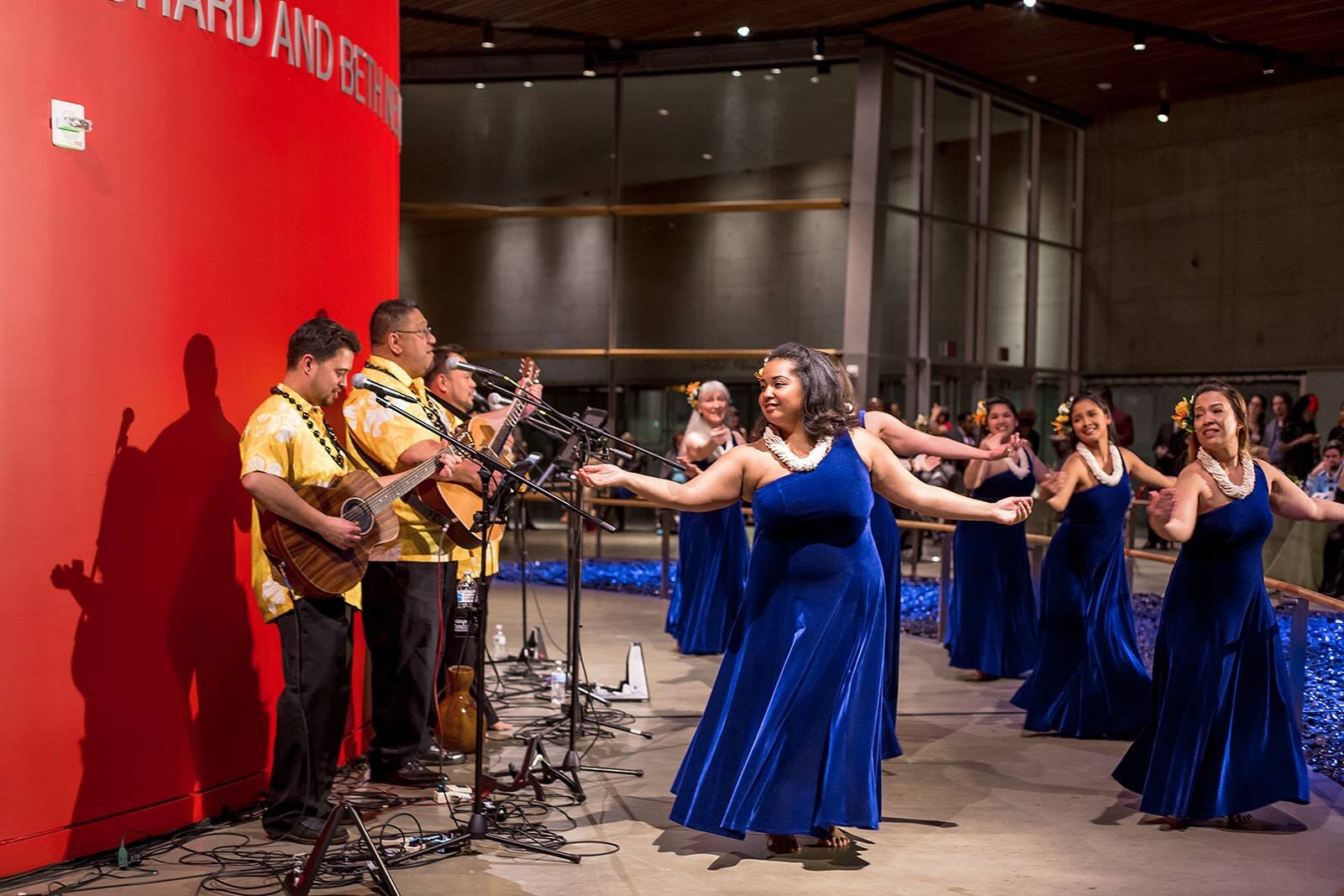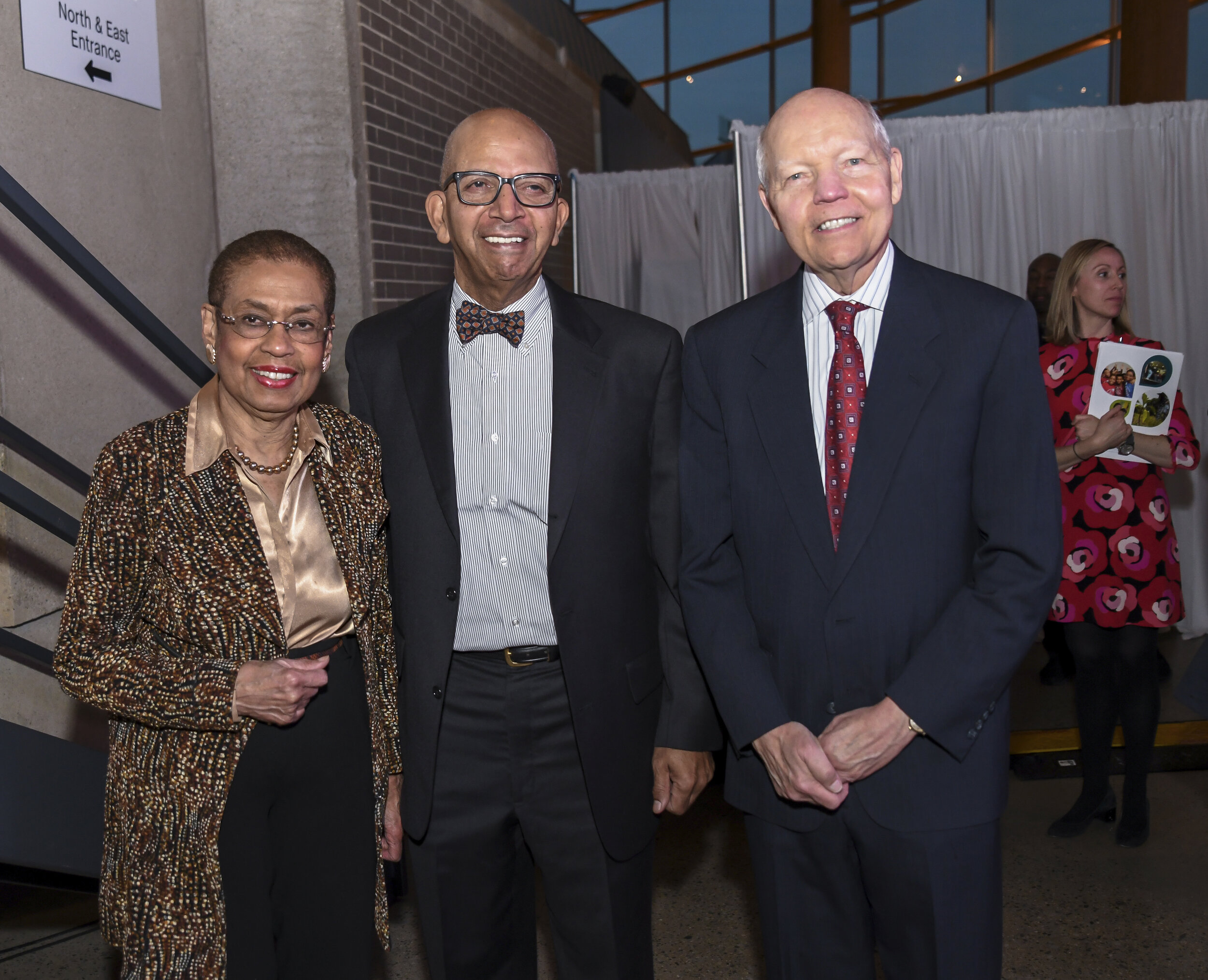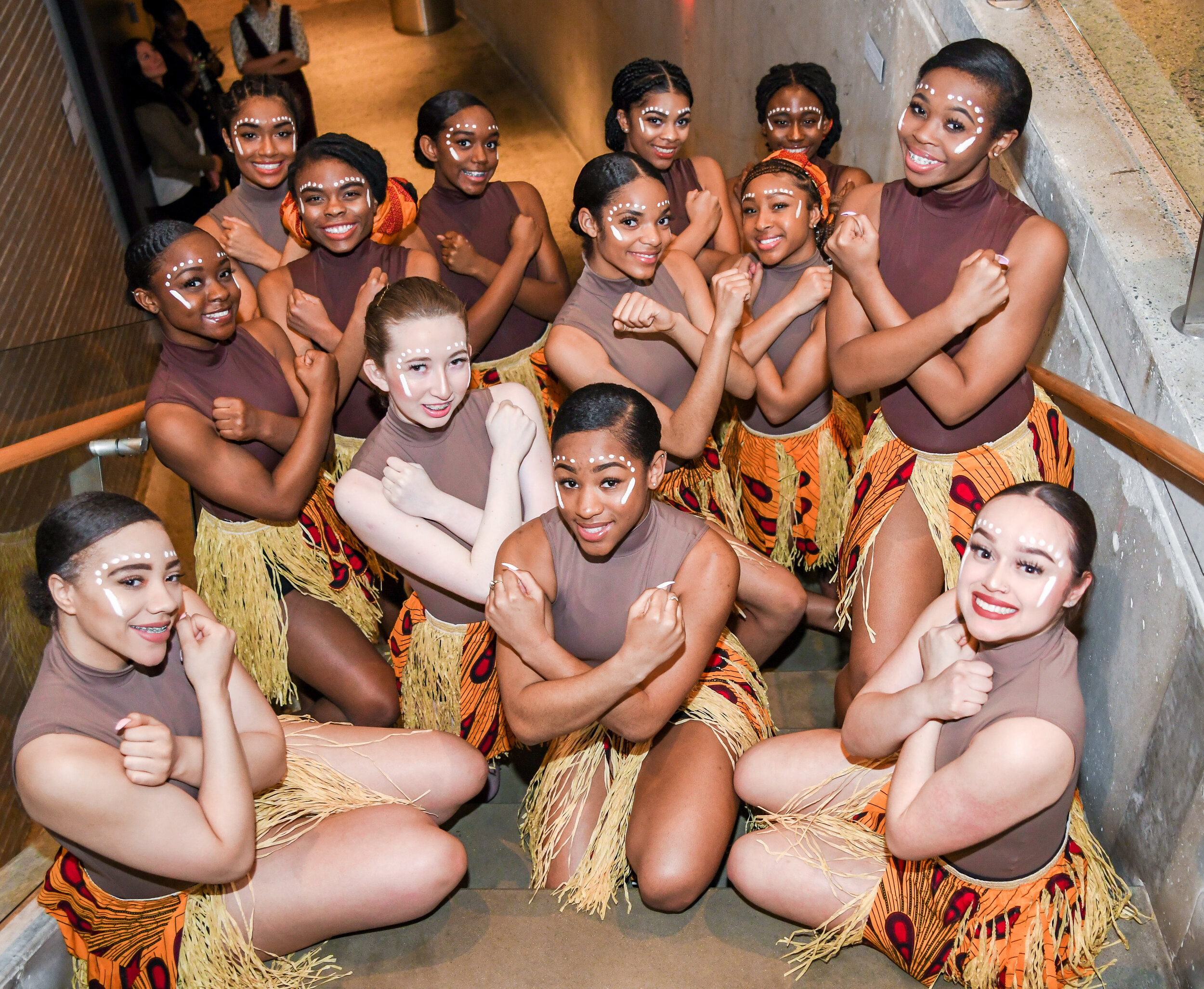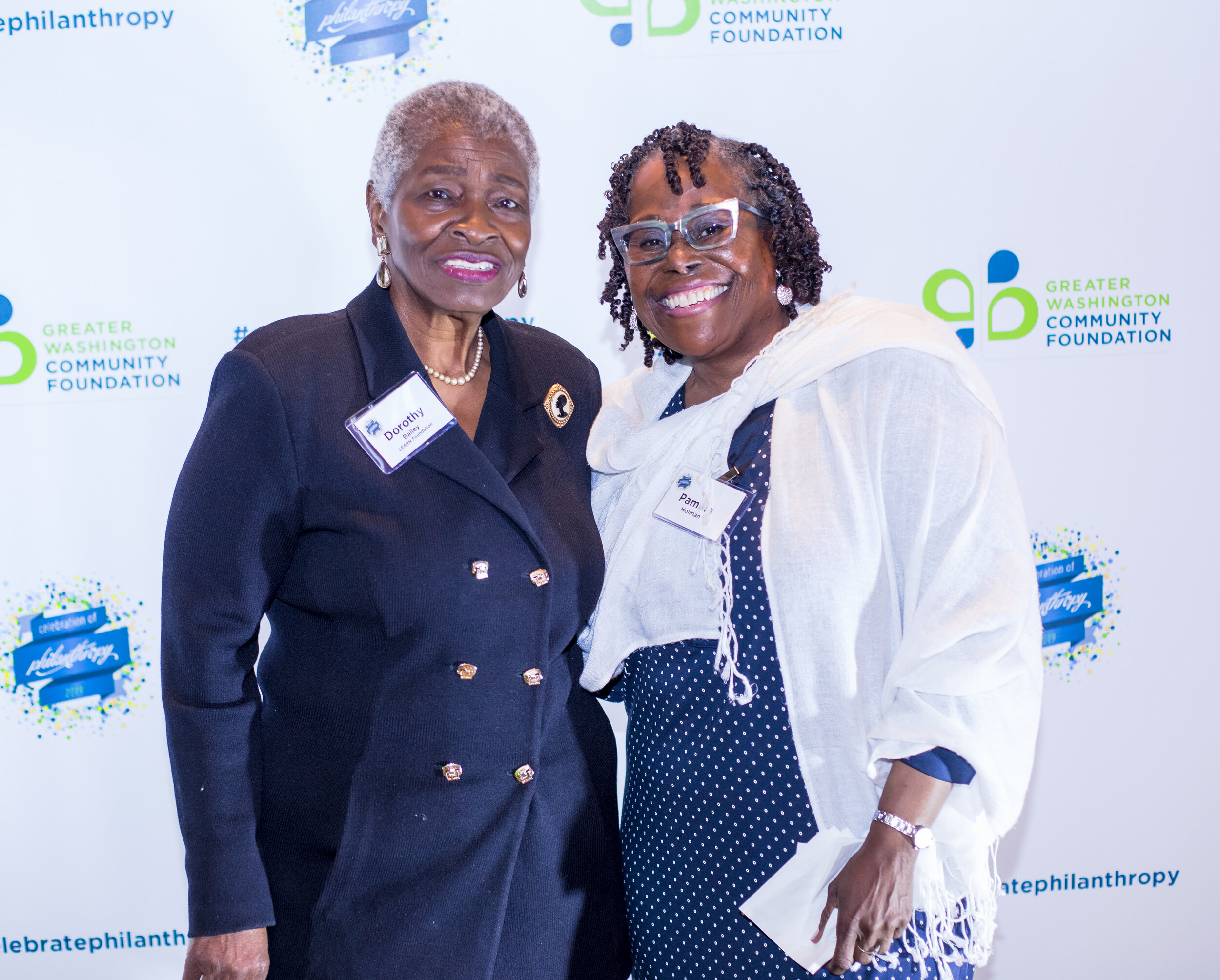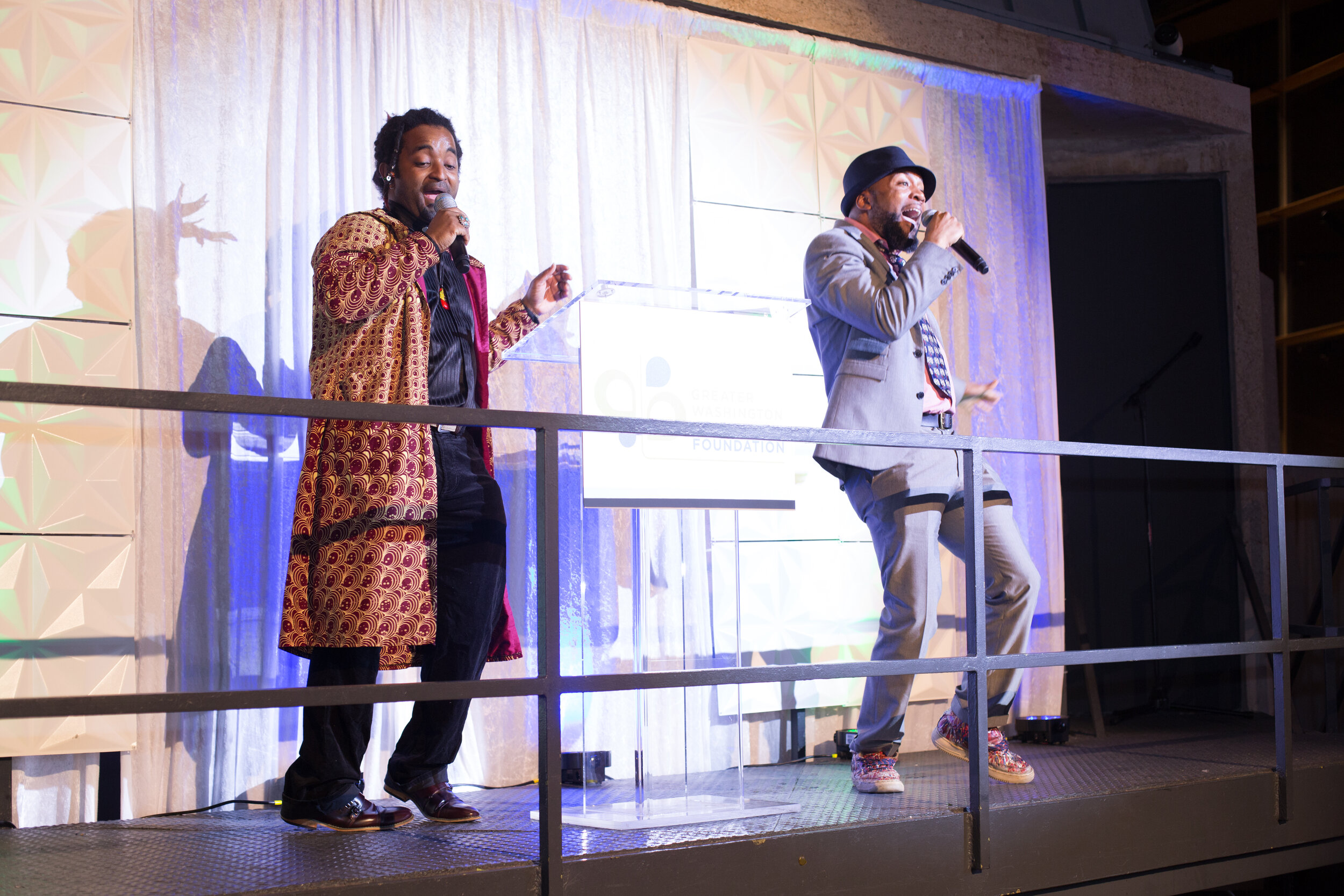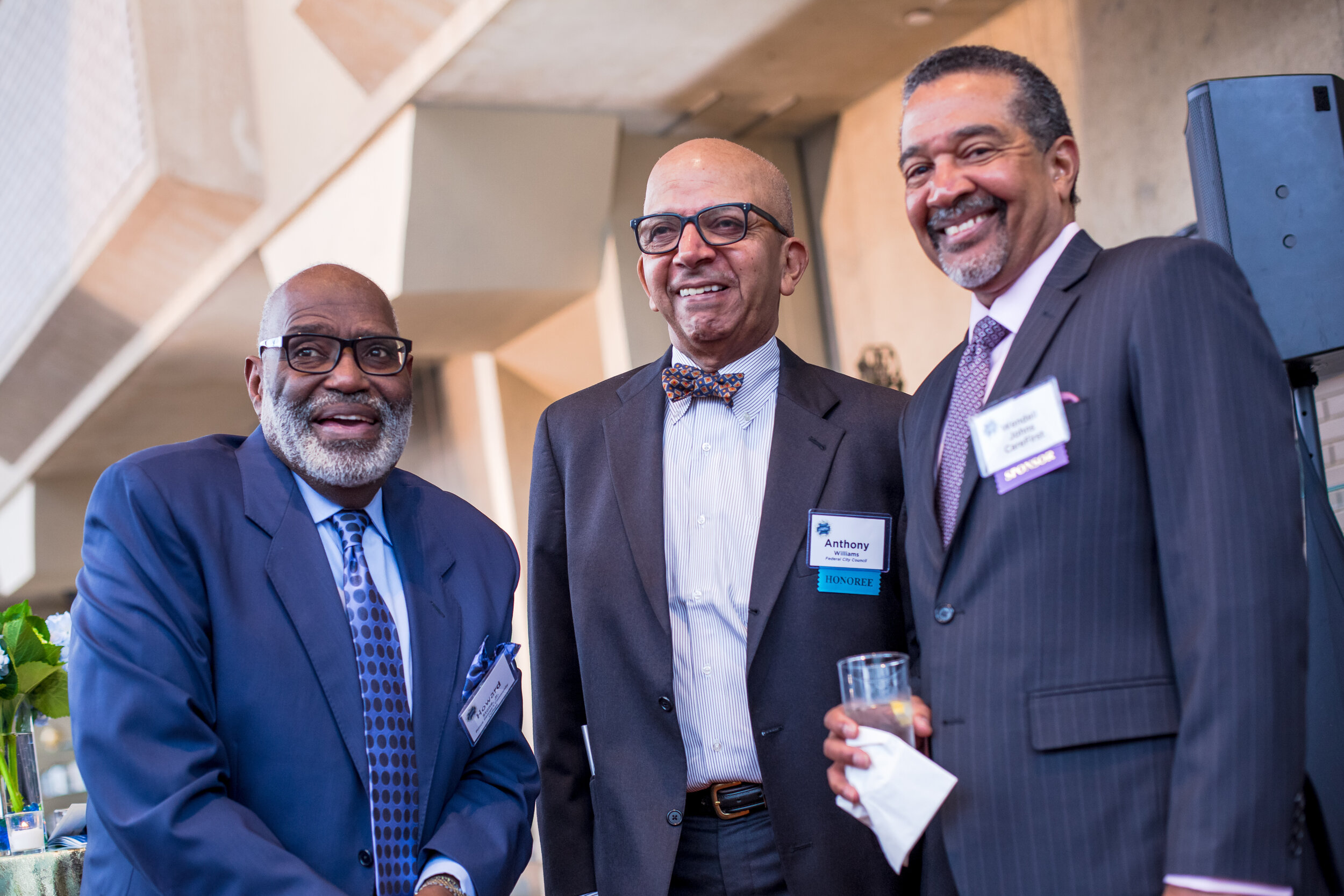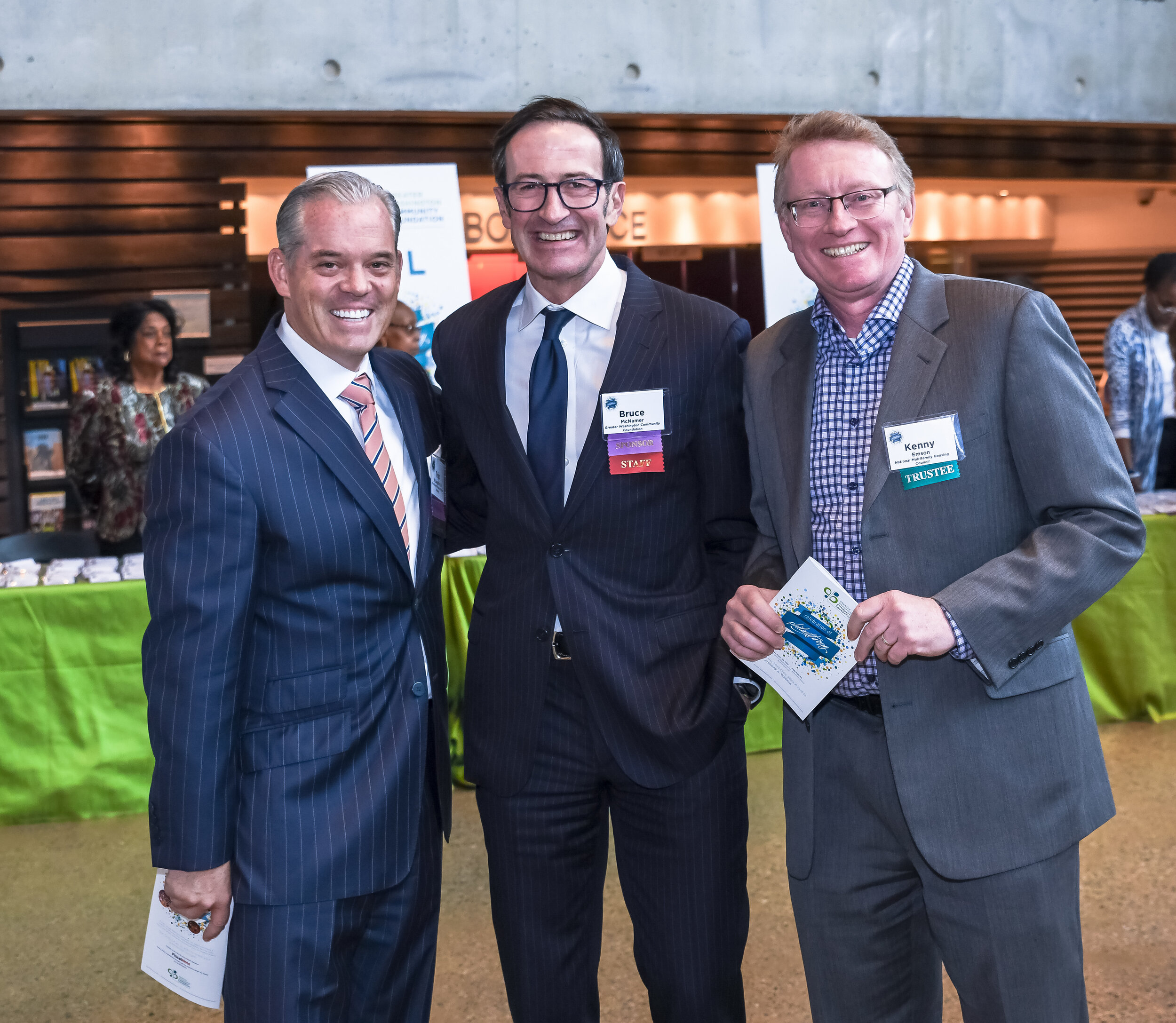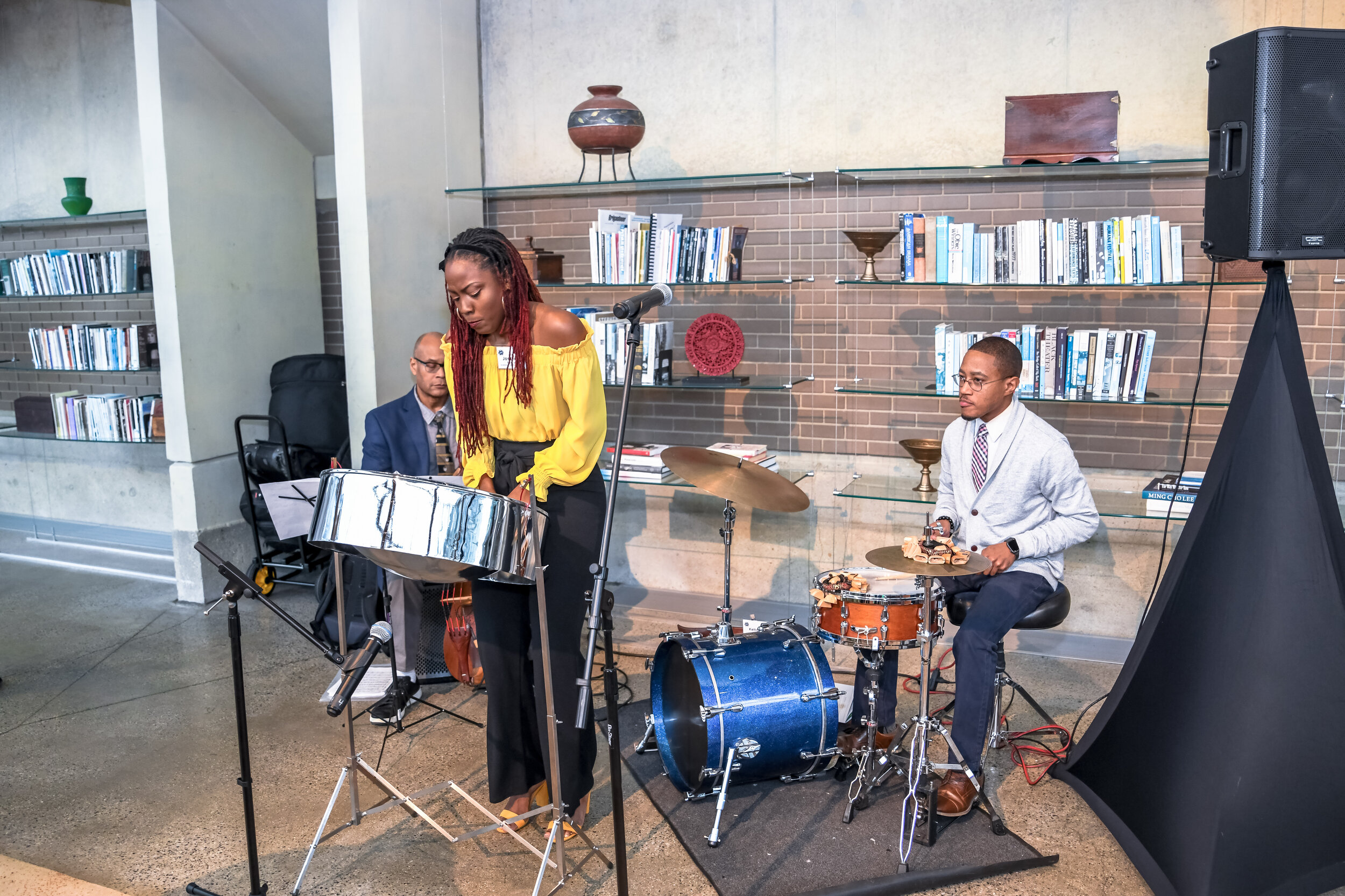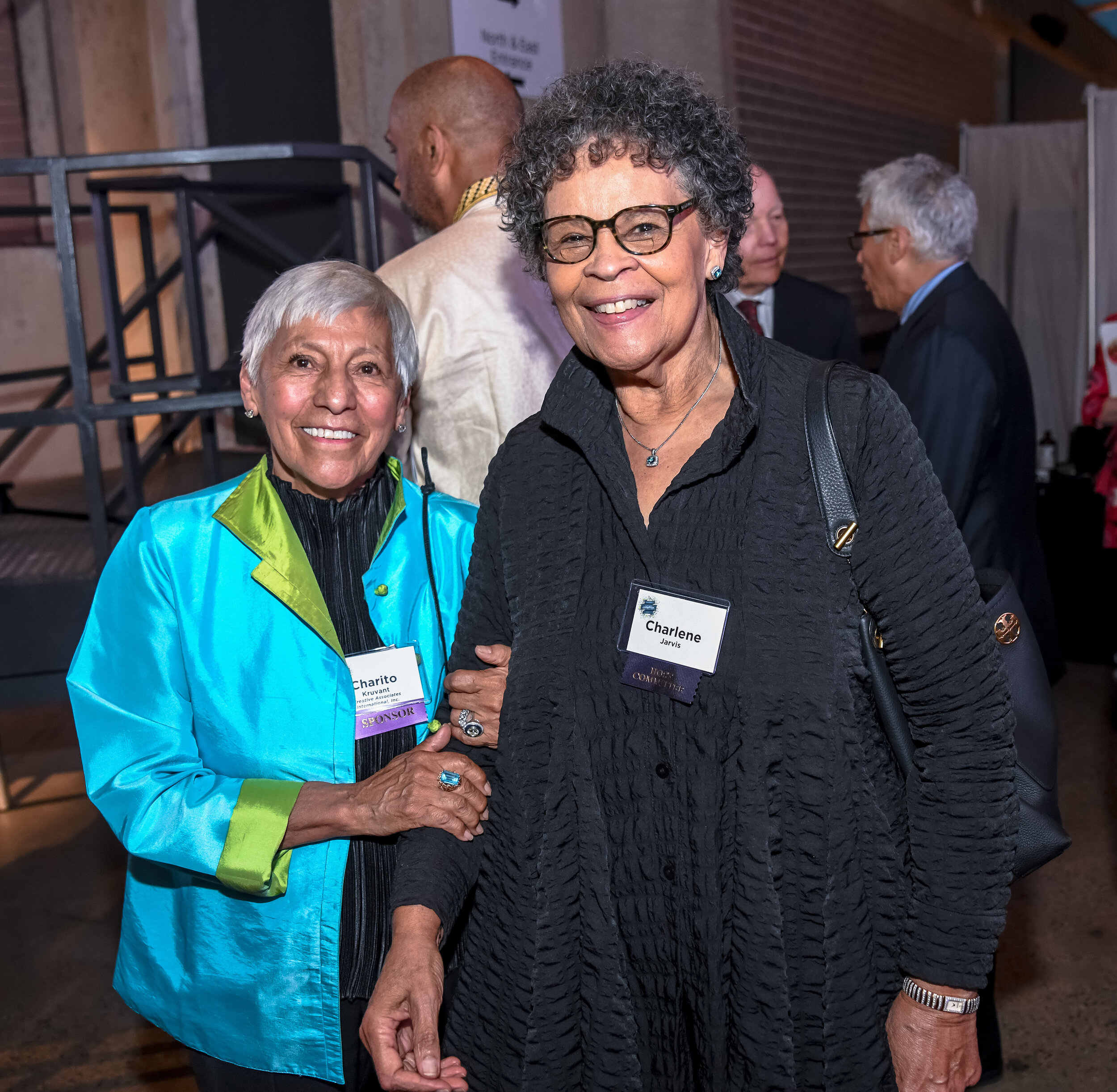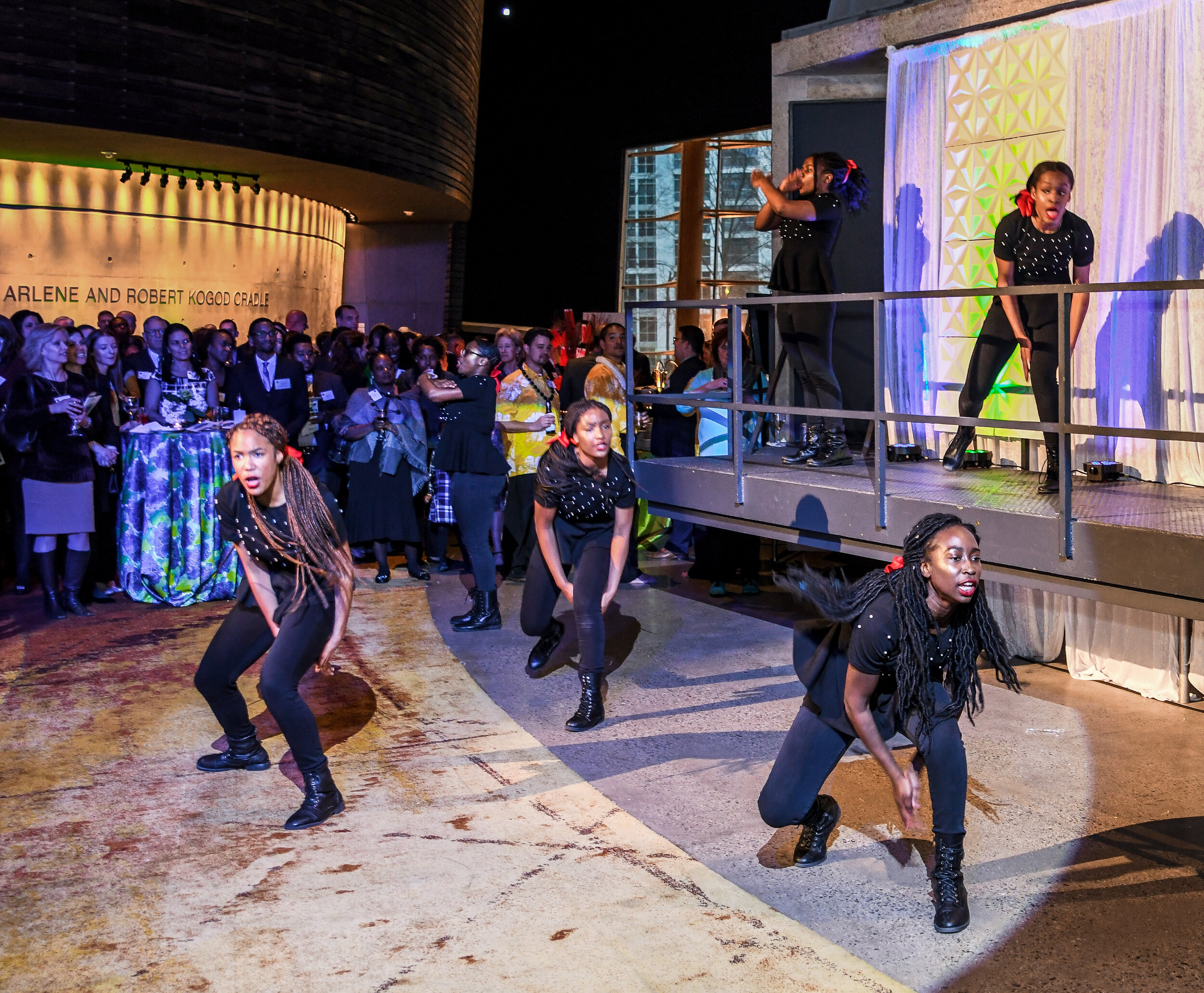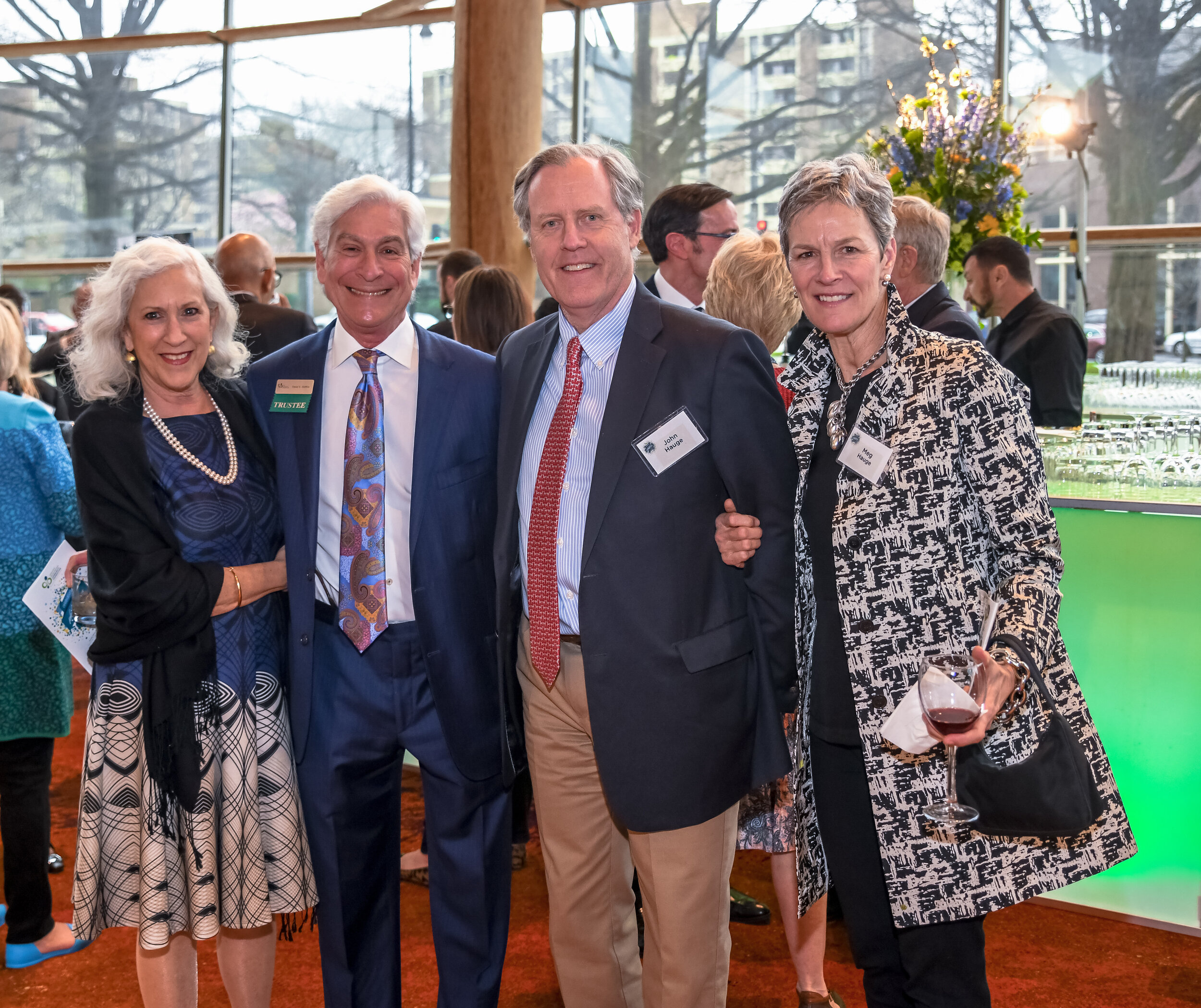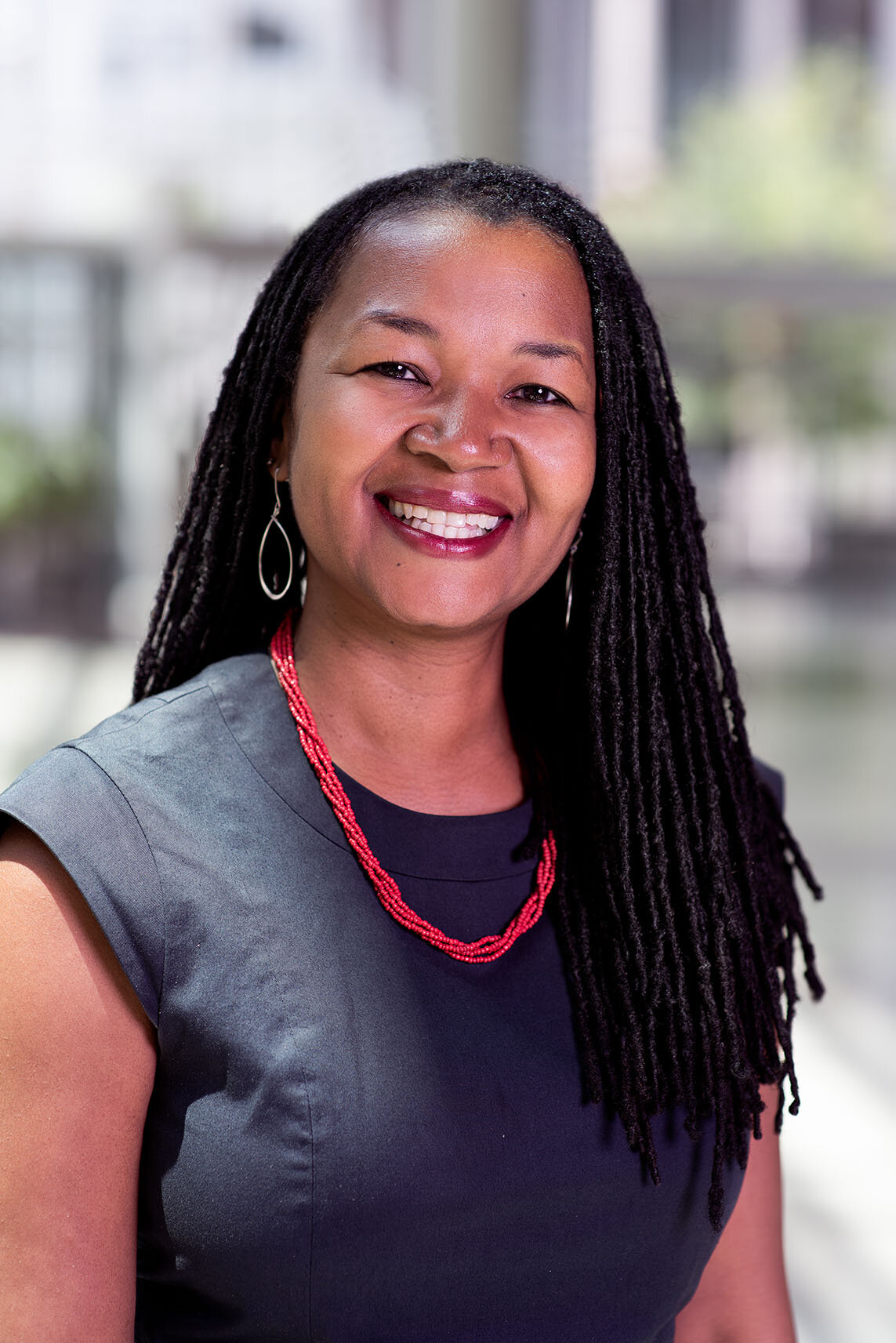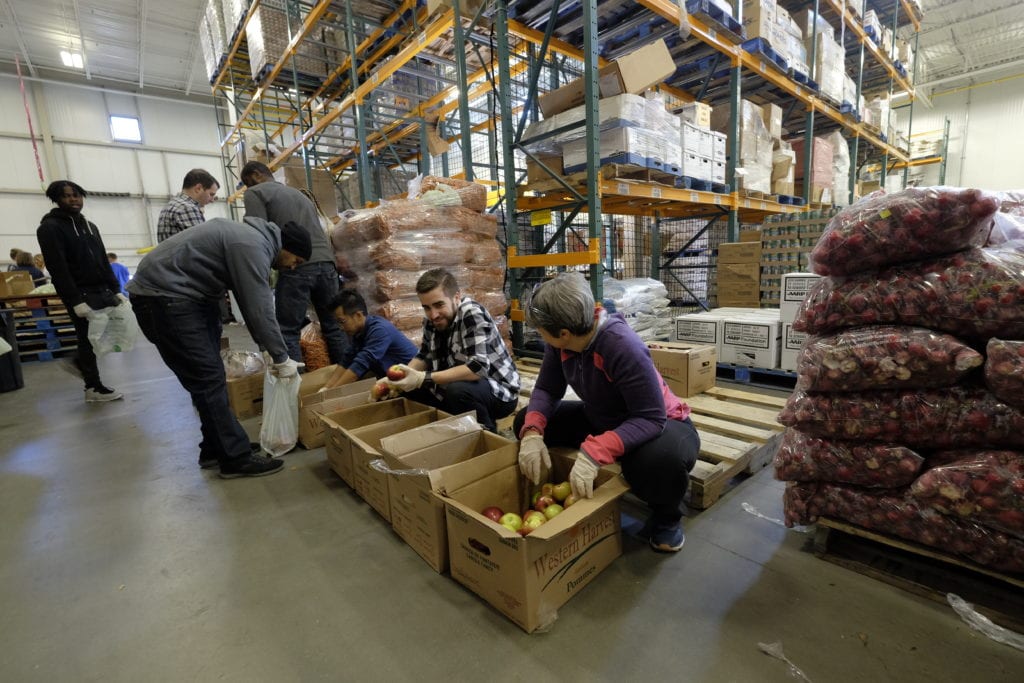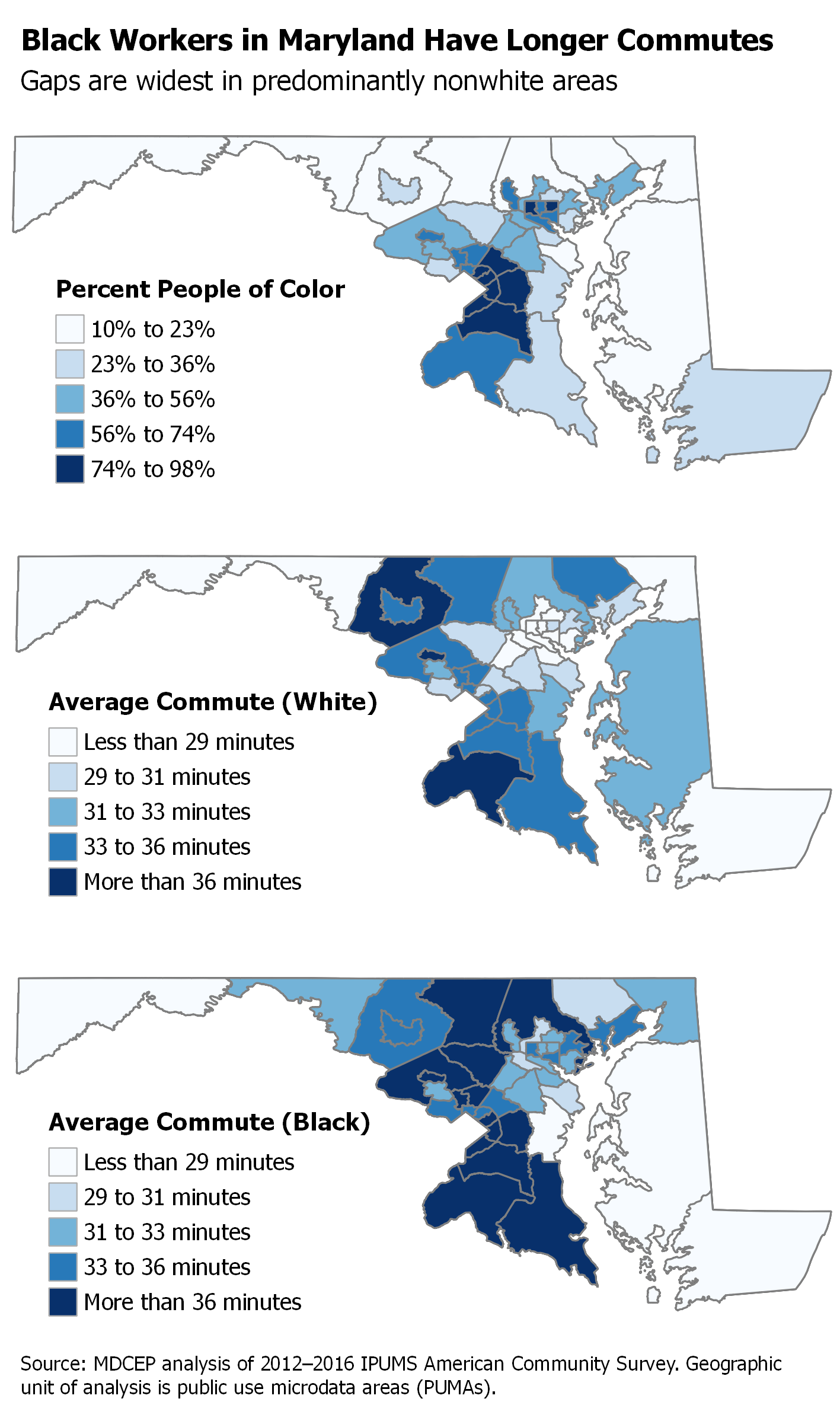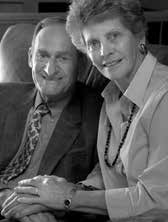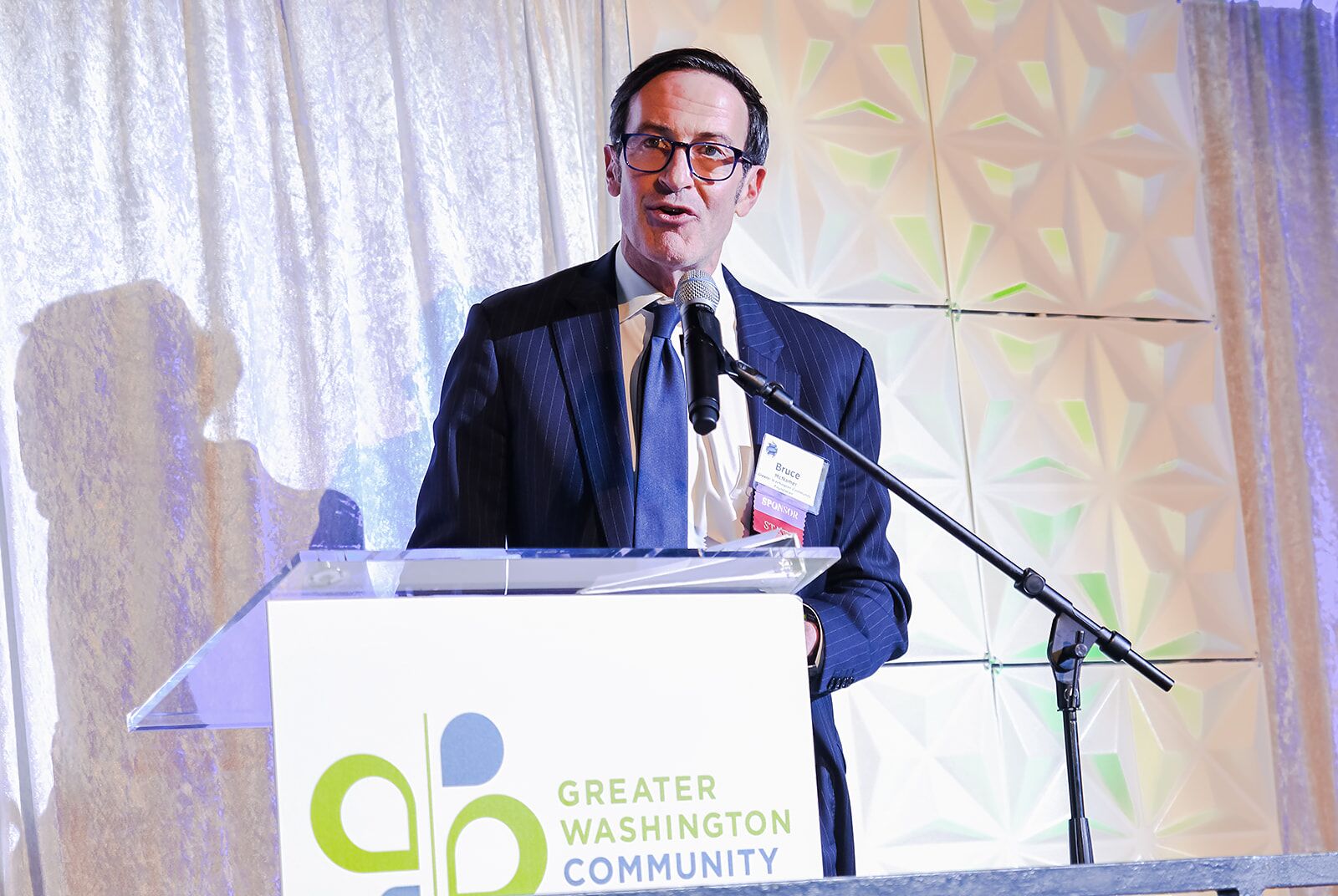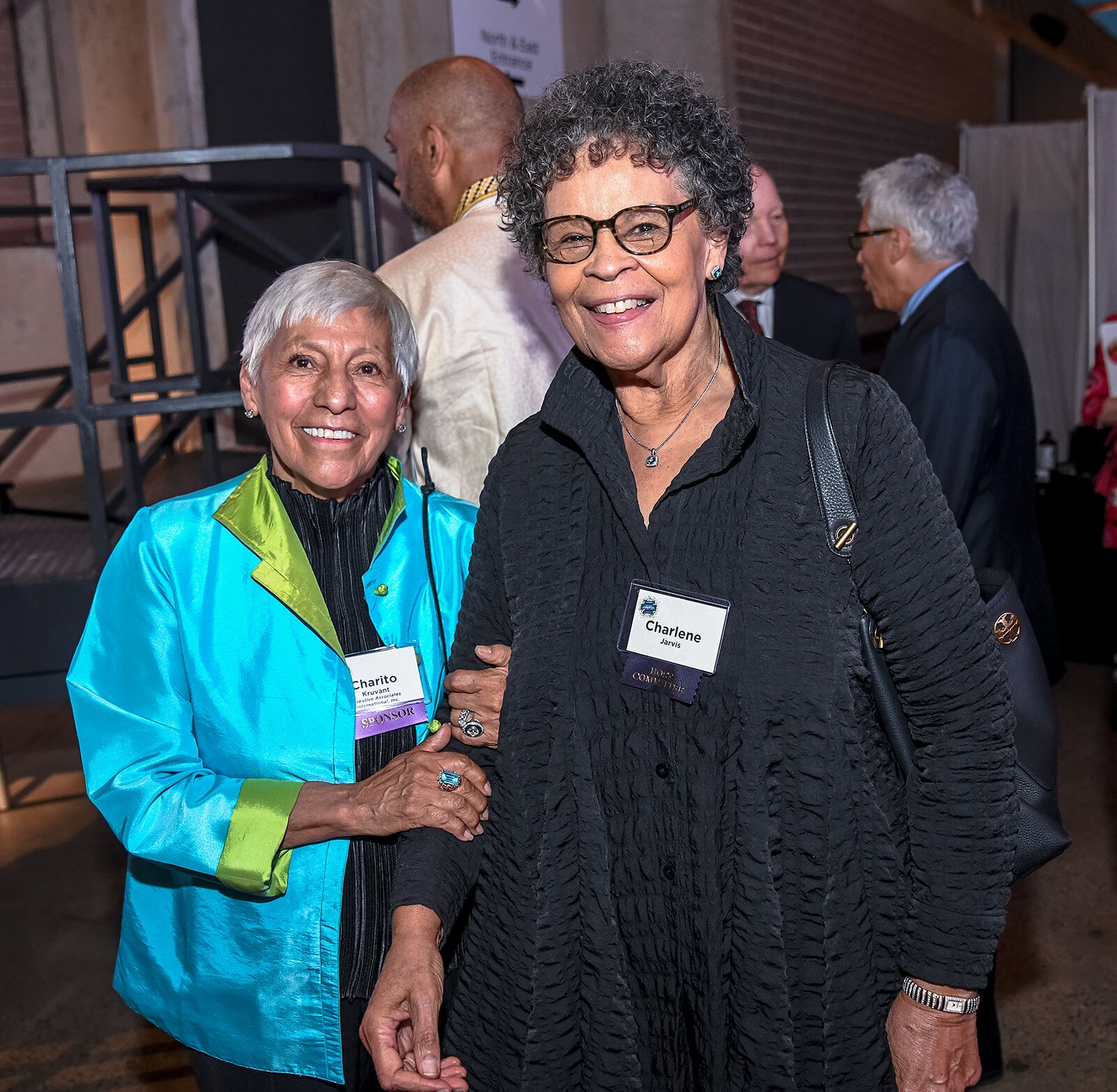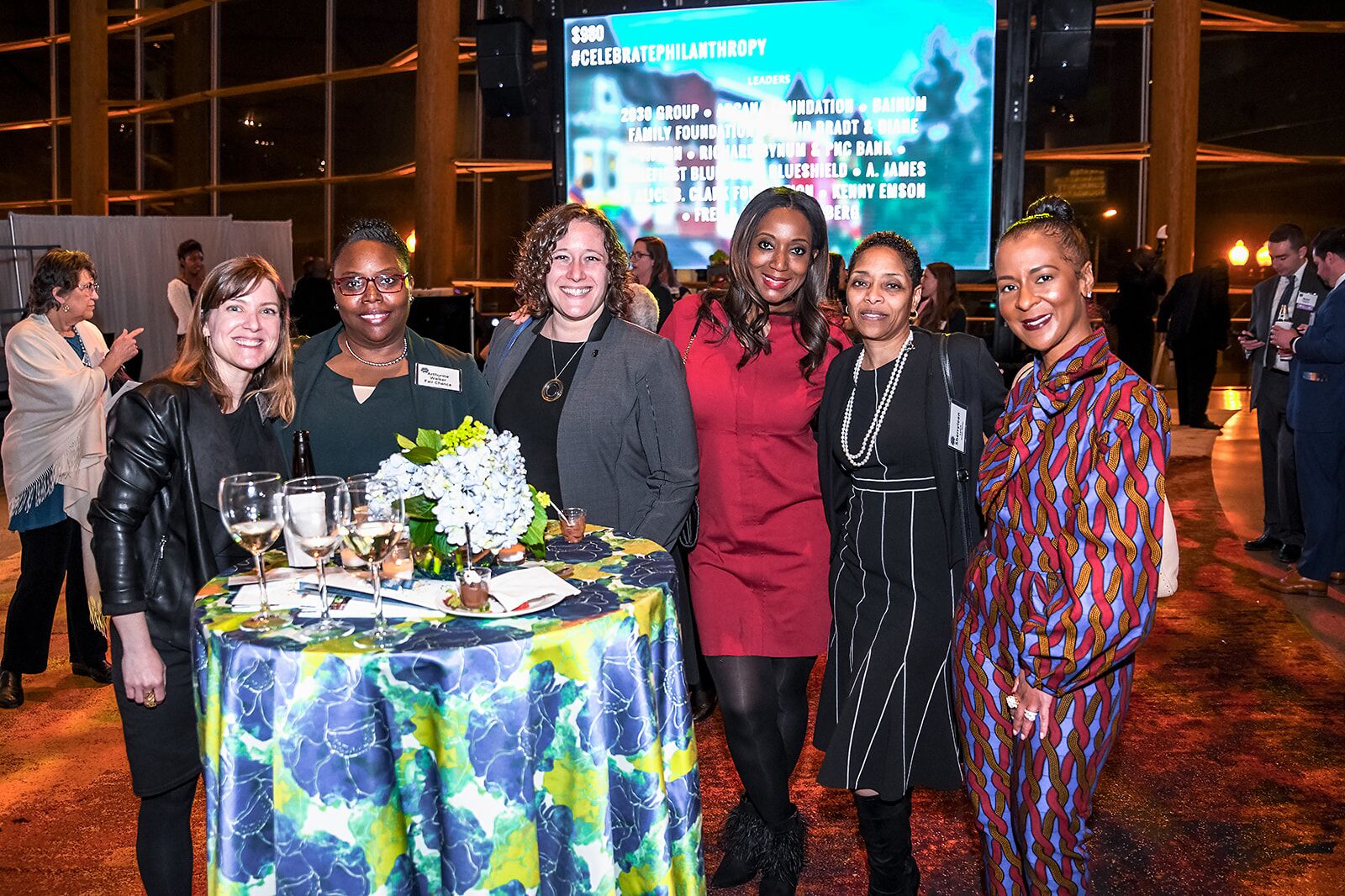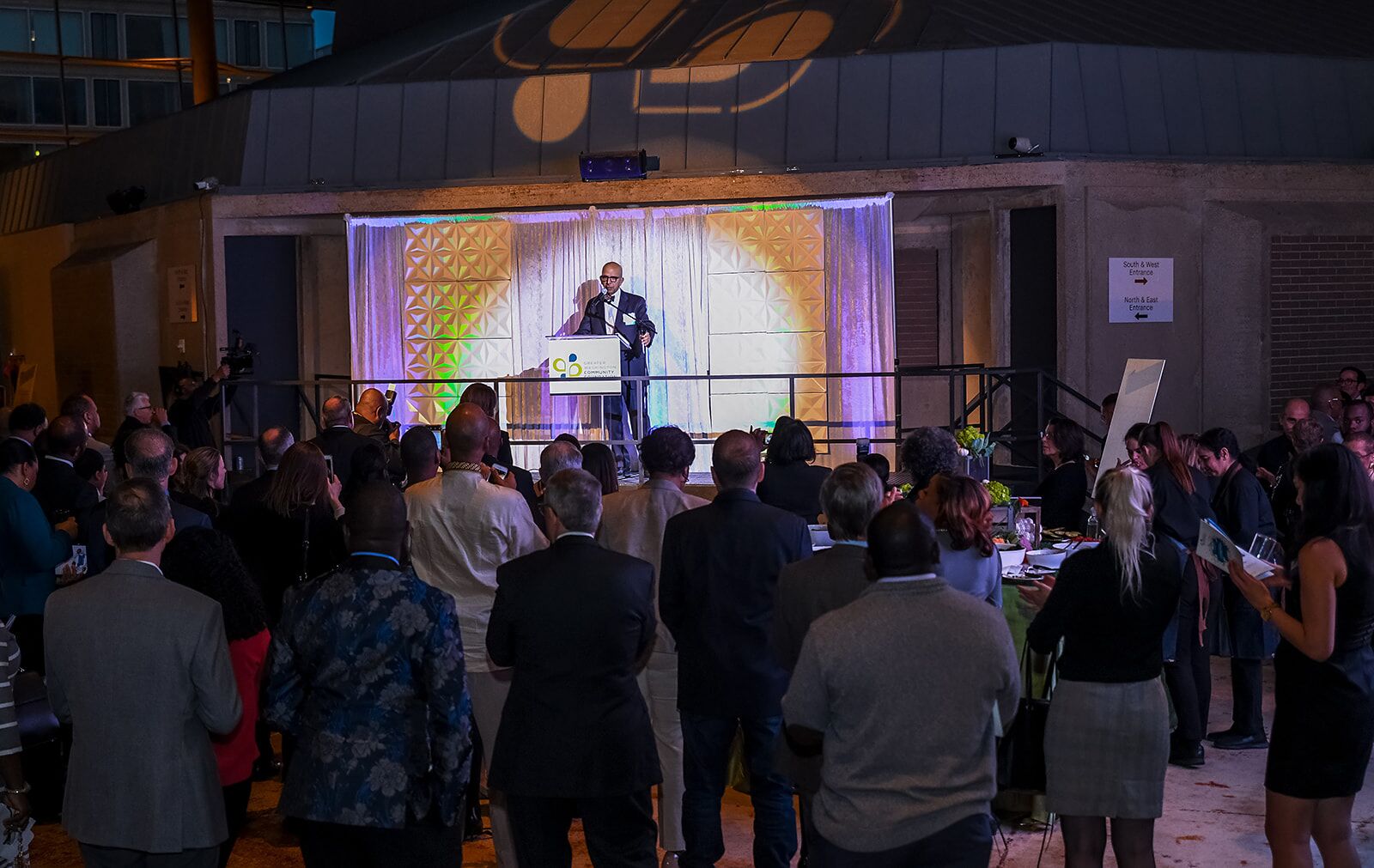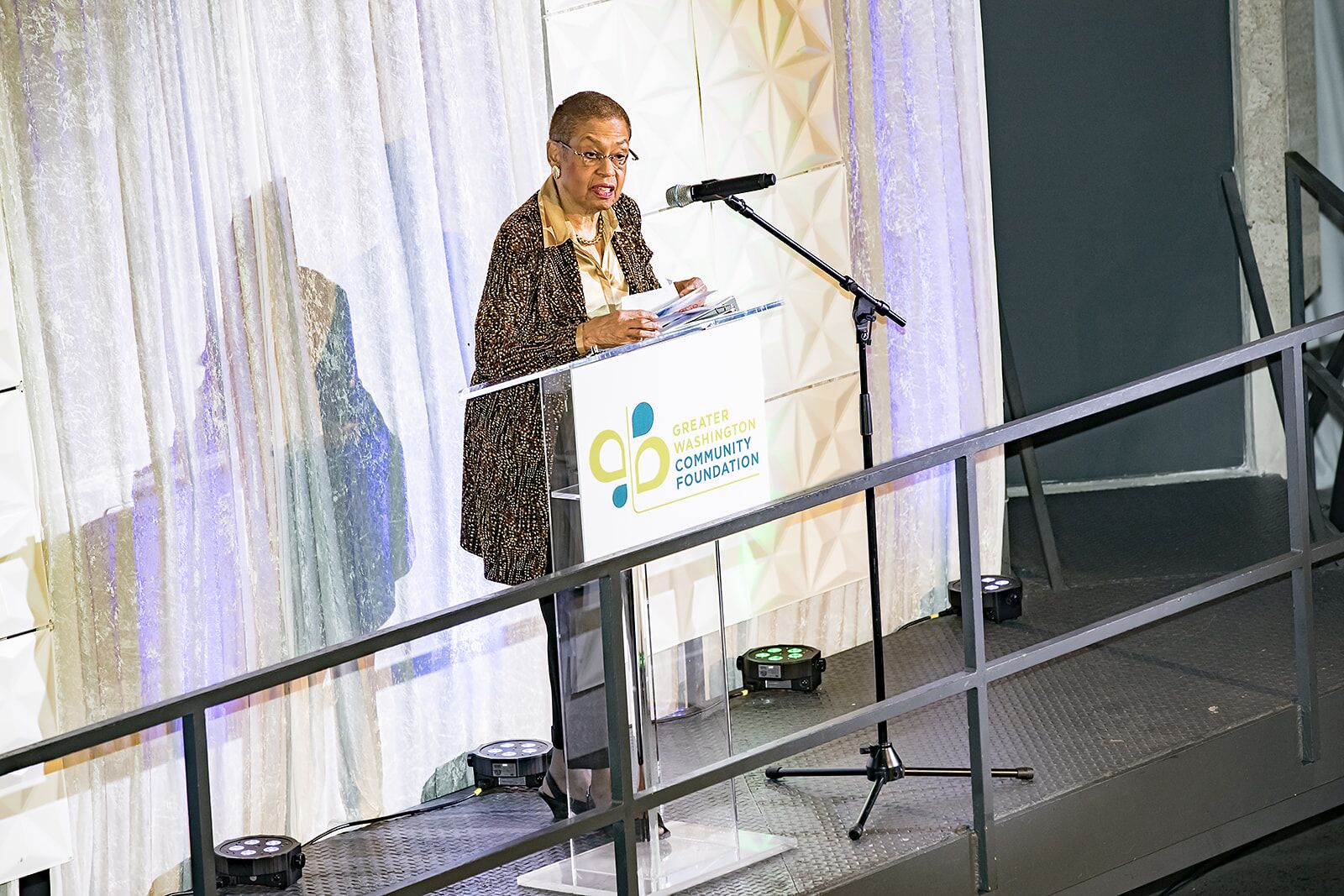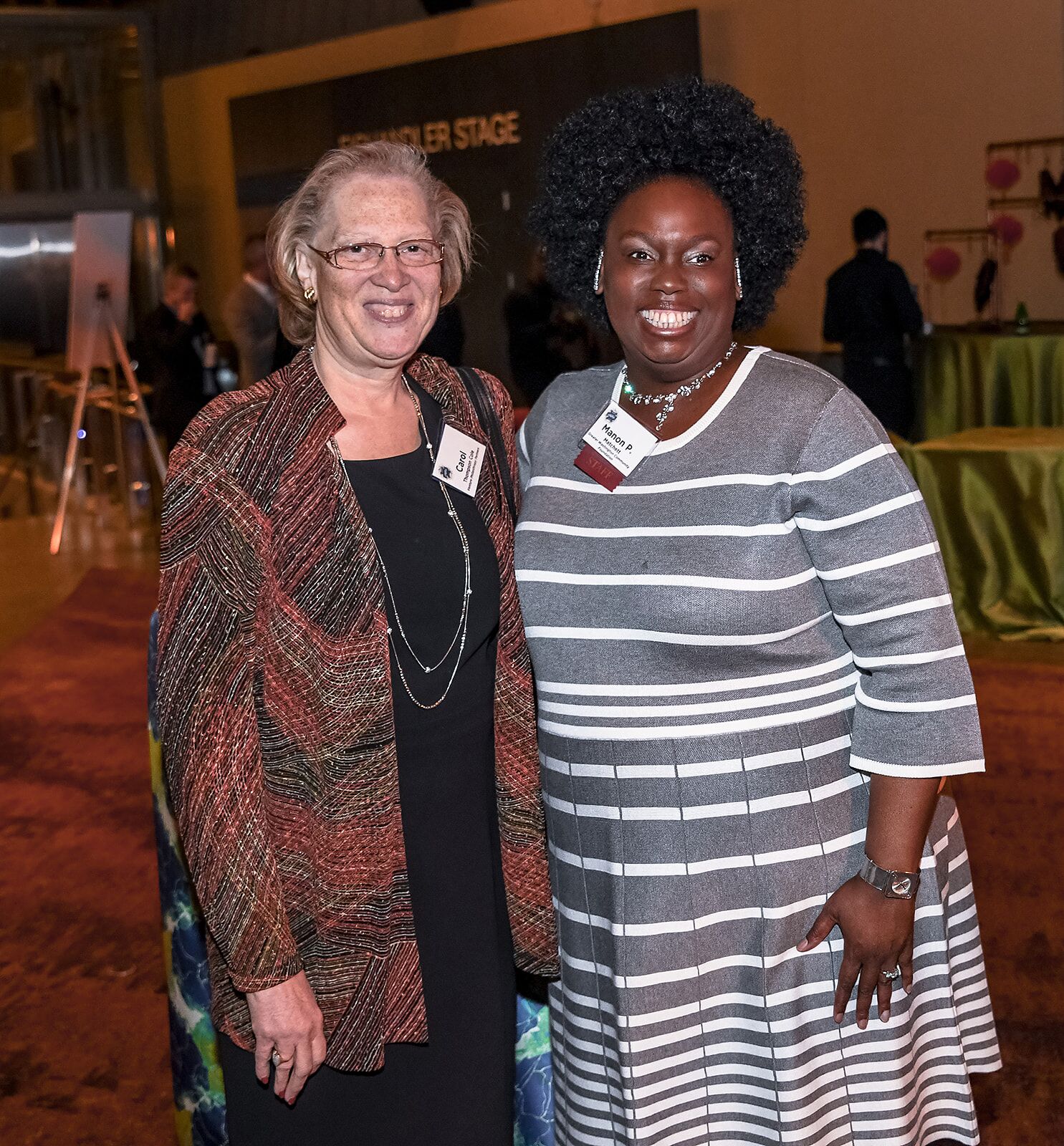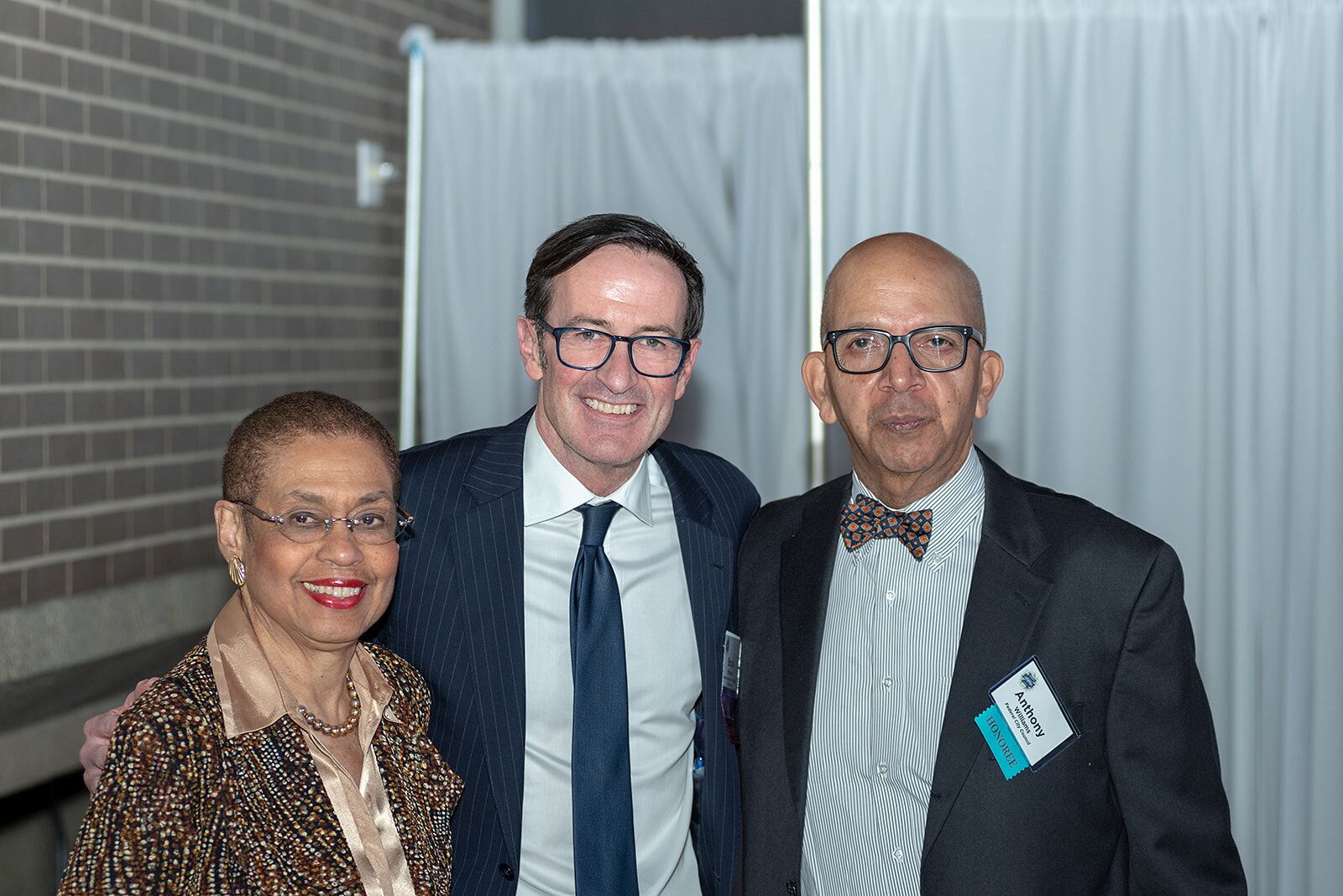What does it mean to be “ready for housing”? Historically, housing programs for people experiencing homelessness would have shared a list of criteria like this: sober for 6 months or more; taking all prescribed medications; completion of a life skills program; and proof of stable employment. But, imagine that you are a person experiencing homelessness. How will you look for a job when you have to bring all of your belongings with you to the interview? How will you keep a job when the shelter across town where you stay requires that you line up for a bed by 4 p.m. every day, or if you’re afraid to sleep because you are worried about your safety? How will you keep up with your medical appointments when your ID, health insurance card, and phone can easily be lost or stolen because you have no place safe to keep them? And on top of all of that, imagine that you are one of the 30 percent of adults experiencing homelessness in DC who are struggling with a severe mental illness while you try to accomplish all of these tasks.
Housing First is an approach that centers on the belief that everyone is ready for housing — right now.
The theory is simple — people need basic necessities like a safe place to live before they are able to work successfully toward any other goals, such as getting a job, managing a monthly budget, improving mental health, or getting sober.
Housing First was introduced in New York City in 1992 by Dr. Sam Tsemberis, and brought to DC in 2004 by Pathways to Housing DC, a Partnership to End Homelessness grantee. In 2008, DC adopted Housing First practices — and today, all permanent supportive housing programs that receive funding from the DC government — and from the Partnership to End Homelessness — follow this evidence-based model.
Housing First moves people experiencing homelessness from the streets or shelters into permanent housing, while providing supportive services to help residents obtain and maintain housing stability and improve their lives. The Housing First model is:
Evidence-based. Clients in Housing First programs access housing faster than clients in traditional housing programs. They are also more likely to remain stably housed. Clients also report an increase in perceived levels of autonomy, choice, and control in Housing First programs, and a majority of clients are found to participate in the optional supportive services provided, often resulting in greater housing stability.
Targeted. The model prioritizes permanent housing placements for people who are experiencing chronic homelessness.
Low barrier. Clients do not have to participate in services, maintain sobriety, or undergo psychiatric treatment in order to get or maintain their housing.
Driven by client choice. Clients select their own housing and hold a lease. They decide what supportive services they would like. This ability to choose helps clients feel safe, in control of their environment, and more inclined to consider using supportive services.
Housing First works and is a key approach to any effort to end homelessness. Join the Partnership in supporting organizations that follow this model.
How You Can Help Support Housing First in DC
Partnership grantees such as Friendship Place, Miriam’s Kitchen, Pathways to Housing DC, and Open Arms Housing — are among many local organizations committed to providing high-quality permanent supportive housing in DC. By investing in The Partnership’s Grantmaking Fund you can support their crucial work while supporting our efforts to create a system that houses people more quickly and has the number of units we need to end homelessness in DC.
Participating in the Partnership’s Impact Investment can aid in bringing financial resources to assist in the fight to end homelessness and housing insecurity by increasing the production of deeply affordable and supportive housing.
Advocacy from the community is critical to ensuring that the city continues to invest in permanent supportive housing. Join the Partnership mailing list to be alerted to opportunities for action.


